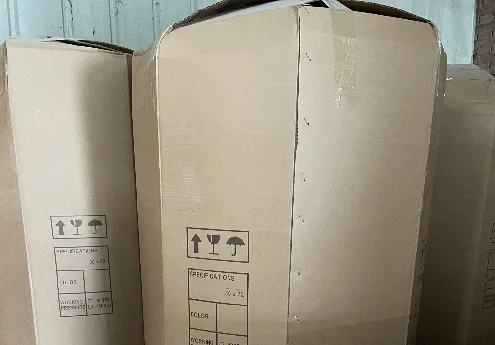loading...
- No. 9, Xingyuan South Street, Dongwaihuan Road, Zaoqiang County, Hengshui, Hebei, China
- admin@zjcomposites.com
- +86 15097380338
- Welcome to visit our website!
Innovative Solutions for Effective Driveway Drainage and Grating Systems
Understanding Driveway Grating A Comprehensive Guide
Driveway grating is an essential feature for homeowners looking to enhance both the functionality and aesthetics of their properties. As a drainage solution, driveway grating effectively directs surface water away from the driveway and surrounding areas, preventing flooding and minimizing erosion. In this article, we will explore the purpose, materials, installation techniques, and maintenance of driveway grates.
Purpose of Driveway Grating
The primary function of driveway grating is to manage stormwater runoff. As rainwater accumulates, it can create puddles and cause damage to the driveway surface over time. Additionally, standing water can lead to safety hazards, particularly for pedestrians. By incorporating grates into the driveway design, homeowners can ensure that water is channeled to drainage systems, reducing the risk of water-related issues both in the driveway and in the landscape.
Another key benefit of driveway grating is its ability to enhance the aesthetic appeal of a property. With various styles and materials available, homeowners can choose grates that complement their landscaping and architectural designs. From sleek modern designs to more traditional options, driveway grates provide an added layer of customization to outdoor spaces.
Materials Used for Driveway Grating
Driveway grates come in a variety of materials, each offering unique advantages
. Some of the most common materials include1. Metal Steel and cast iron grates are popular due to their durability and strength. They can withstand heavy vehicle loads and are less prone to bending or breaking.
2. Plastic Lightweight and resistant to corrosion, plastic grates are easy to install and maintain. They are often used in residential applications where heavy loads are not a concern.
3. Concrete Concrete grates can blend seamlessly with existing driveways, providing a robust solution for water drainage. They are often used in commercial settings or areas that require high load-bearing capabilities.
4. Composite Materials These grates are made from a mix of materials, offering the benefits of both plastic and metal. They are usually lightweight, durable, and resistant to environmental wear.
driveway grating

Installation Techniques
Installing driveway grating requires careful planning to ensure proper drainage. Before beginning the installation process, homeowners should assess their property’s drainage needs. This may involve identifying the areas where water tends to accumulate and determining the best locations for the grates.
The installation process typically involves the following steps
1. Excavation The area where the grate will be placed is excavated to create a trench.
2. Base Preparation A gravel bed is often laid to facilitate drainage and provide stability.
3. Grate Placement The grates are placed within the trench, ensuring they are level and securely positioned.
4. Backfilling The area around the grate is backfilled with soil or gravel to secure it in place.
5. Testing After installation, it is essential to test the drainage system to ensure it functions correctly.
Maintenance Tips
Maintaining driveway grates is vital for their longevity and effectiveness. Regular cleaning is necessary to prevent debris from clogging the drainage holes. Homeowners should also inspect the grates periodically for damage or wear and make repairs as needed.
In conclusion, driveway grating plays a crucial role in managing stormwater runoff and enhancing the property’s visual appeal. By understanding its purpose, materials, installation processes, and maintenance needs, homeowners can make informed decisions that benefit both functionality and aesthetics. Whether you’re looking to improve your existing driveway or designing a new one, driveway grating is an investment worth considering.
-
The Rise of FRP Profiles: Strong, Lightweight, and Built to LastNewsJul.14,2025
-
SMC Panel Tanks: A Modern Water Storage Solution for All EnvironmentsNewsJul.14,2025
-
GRP Grating: A Modern Solution for Safe and Durable Access SystemsNewsJul.14,2025
-
Galvanized Steel Water Tanks: Durable, Reliable, and Ready for UseNewsJul.14,2025
-
FRP Mini Mesh Grating: The Safer, Smarter Flooring SolutionNewsJul.14,2025
-
Exploring FRP Vessels: Durable Solutions for Modern Fluid HandlingNewsJul.14,2025
-
GRP Structures: The Future of Lightweight, High-Performance EngineeringNewsJun.20,2025
